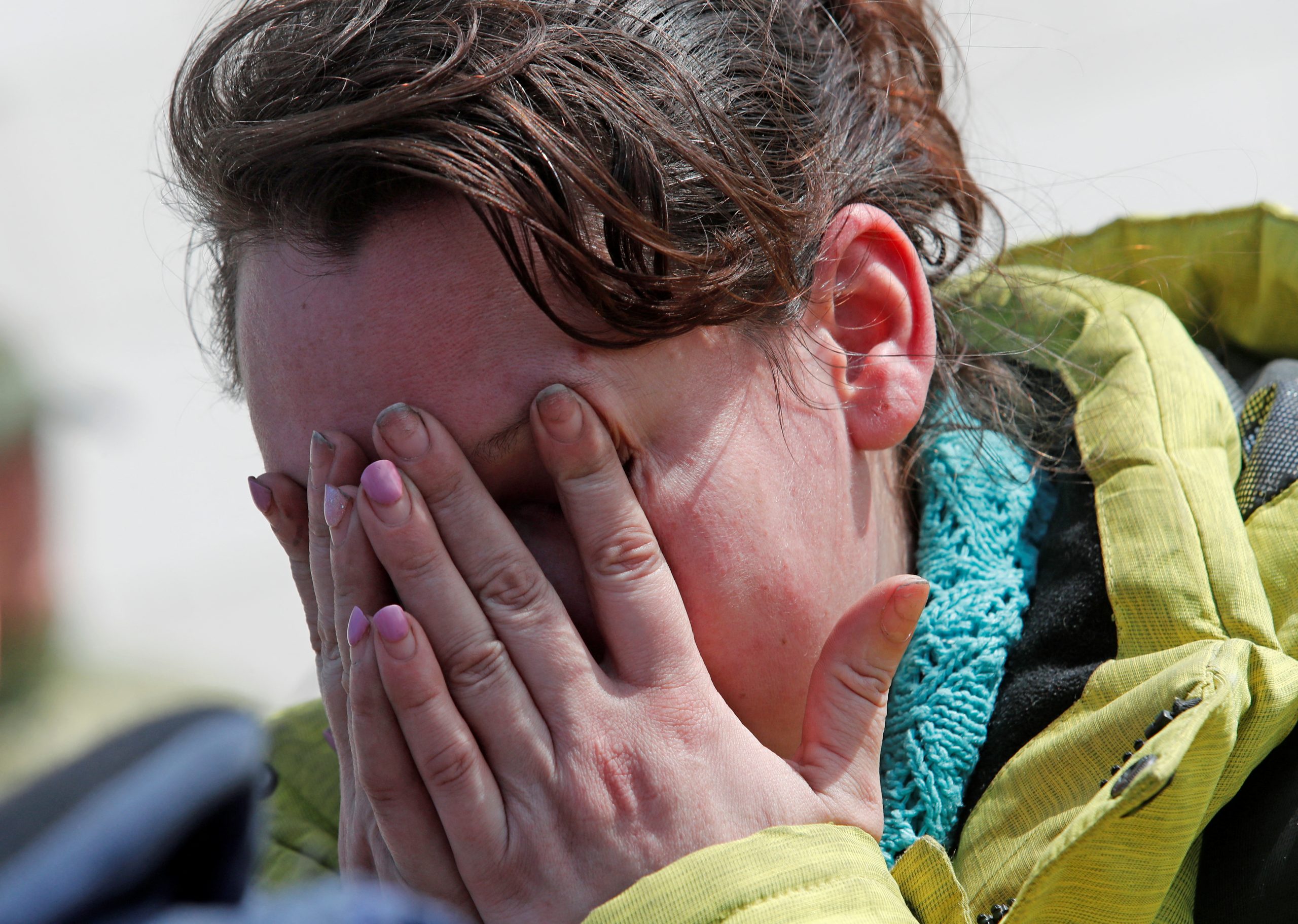
[elfsight_social_share_buttons id=”1″]
Cowering in the labyrinth of Soviet-era bunkers far beneath the vast Azovstal steel works, Natalia Usmanova felt her heart would stop she was so terrified as Russian bombs rained down on Mariupol, sprinkling her with concrete dust.
Usmanova, 37, spoke to Reuters on Sunday after being evacuated from the plant, a sprawling complex founded under Josef Stalin and designed with a subterranean network of bunkers and tunnels to withstand attack.
“I feared that the bunker would not withstand it – I had terrible fear,” Usmanova said, describing the time sheltering underground.
“When the bunker started to shake, I was hysterical, my husband can vouch for that: I was so worried the bunker would cave in.”
“We didn’t see the sun for so long,” she said, speaking in the village of Bezimenne in an area of Donetsk under the control of Russia-backed separatists around 20 miles east of Mariupol.
She recalled the lack of oxygen in the shelters and the fear that had gripped the lives of people hunkered down there.
Usmanova was among dozens of civilians evacuated from the plant in Mariupol, a southern port city that has been besieged by Russian forces for weeks and left a wasteland.
Usmanova said she joked with her husband on the bus ride out, in a convoy agreed by the United Nations and the International Committee of the Red Cross (ICRC), that they would no longer have to go to the lavatory with a torch.
“You just can’t imagine what we have been through – the terror,” Usmanova said. “I lived there, worked there all my life, but what we saw there was just terrible.”
A U.N. humanitarian official said on Tuesday that it had successfully evacuated some 101 people from the Azovstal steel plant, saying that most of the evacuees were in Zaporizhzhia, where they are receiving humanitarian assistance.
“Thanks to the operation, 101 women, men, children, and older persons could finally leave the bunkers below the Azovstal steelworks and see the daylight after two months,” Osnat Lubrani, U.N. humanitarian coordinator for Ukraine, said in a statement sent to journalists.
The International Committee of the Red Cross, which was also involved in the safe passage operation, released a parallel statement saying some 100 people from the Mariupol plant area had reached Zaporizhzhia on Tuesday. Among them were some wounded, it added.
More than 200 civilians are still holed up with fighters in the huge steel plant, Mariupol mayor Vadym Boychenko said on Tuesday.
He said a total of about 100,000 civilians were still in the southern Ukrainian city that has been occupied by Russian forces.
Copyright 2022 Thomson/Reuters
